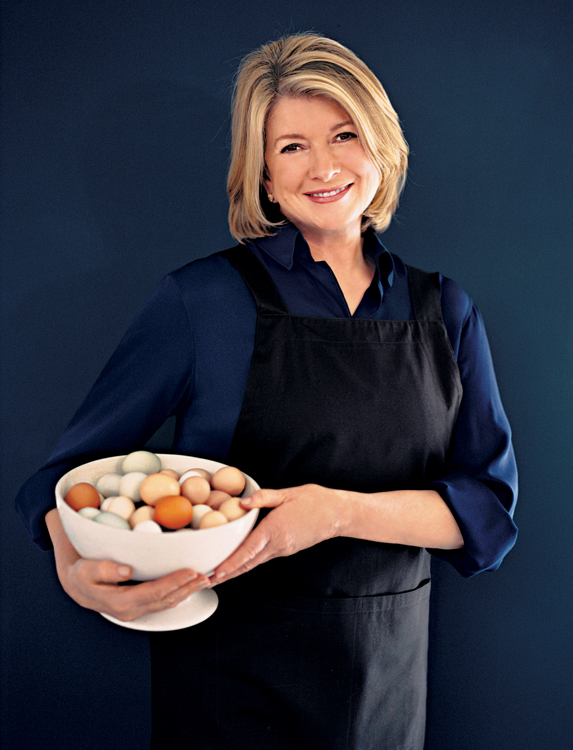
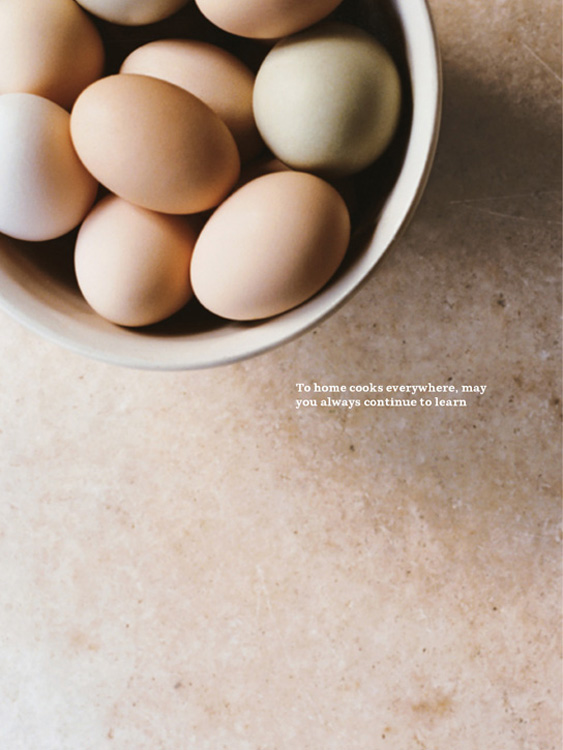
Copyright 2008 by Martha Stewart Living Omnimedia, Inc. Photographs by Marcus Nilsson, except for portraits and pages iv and 492 by Ditte Isager
All rights reserved.
Published in the United States by Clarkson Potter/Publishers, an imprint of the Crown Publishing Group, a division of Random House, Inc., New York.
www.crownpublishing.com
www.clarksonpotter.com
www.marthastewart.com
Clarkson N. Potter is a trademark and Potter and colophon are registered trademarks of Random House, Inc.
The PBS Logo is a registered trademark of the Public Broadcasting Service and used with permission.
Library of Congress Cataloging-in-Publication Data is available upon request.
eISBN: 978-0-307-95503-6
Design Director: William van Roden
Design Assistant: Yasemin Emory
v3.1
LESSONS 1.11.9
LESSONS 2.12.8
LESSONS 3.13.5
LESSONS 4.14.11
LESSONS 5.15.6
LESSONS 6.16.2
LESSONS 7.17.8
References
Introduction
I was in third grade when I knew that I would grow up to be a teacher. I was so interested in the challenges that my wonderful petite career teacher, Miss Weyer, dealt with regularly, as well as the solutions she devised to get our attention, focus our attention, and keep our attention every hour of every day of the entire school year.
All this without shouting, without rapping her desk with a ruler, and with only a tiny bit of discipline. Her secret? Her method?
By constantly inspiring us with fascinating facts and procedures, by informing us about how things happened and why, and by entertaining us with the greatest stories and articles about a vast number of subjects and current events. We were always involved with art and science and history projects and were consistently spoken to as if we were intelligent adults with a thirst for knowledge and a quest for the best. And most important, our teacher infused everything with just the right amount of humor and the correct amount of seriousness. She was, after my parents, the greatest role model for me on the most difficult course of study: how to be a great teacher, an inspiring instructor, a successful purveyor of factual and creative knowledge.
Much of what I learned that year in Yantacaw School I still know, and I attribute that to how I was taught those facts and figures. I thought of this while I prepared to write this book and compile its vast table of contents. Food editor Sarah Carey and I had extensive meetings to determine just what information we would attempt to convey. I am very proud to report that this volume is very, very close to the original outline. Of course we have had to edit out some of the recipeswe have always been overzealous in providing an enthusiastic quantity of inspired informationbut we have not eliminated any of the valuable techniques, tips, or bits of knowledge that we have deemed invaluable for the home cook.
This book has been designed and written as a course of study, very much like a college course in chemistry, which requires the student to master the basics before performing more advanced experiments. The lessons here begin just as they would in a true cooking school, with instruction about the essential tools and equipment, and perhaps the most basic lesson of all: how to hold and use a chefs knife. Youll also learn about fundamental ingredients, such as onions, garlic, and herbs and spices, and how they are used to build flavors. Then the book is organized in seven chapters, each offering indispensable lessons, such as the proper way to make a rich brown stock; poach eggs; braise meats, fish, and poultry; prepare fresh pasta; simmer and puree vegetables; and cream butter to produce a fine-crumbed cake. The lessons are followed by recipesa tutorial in stock-making, for instance, is followed by a soup recipe that calls for the stock. This practical approach works throughout the book, which means that you build your recipe repertoire along with your skills.
Youll also find useful information on what to cook in addition to how to cook it. Youll discover which cuts of meat are right for which cooking methods; how to decipher the often confusing language of food labels; how to select nearly any vegetable; and how to cook rice and less familiar whole grains, so you can incorporate more healthful ingredients into your diet.
Whats more, all of this information is offered in a thoroughly modern fashion. So while youll find fundamental French techniques in these pages, there are tips, techniques, and ingredients that acknowledge the way we cook today. There may be shortcuts, but there is no skimping. For example, you will learn how to thicken a soup with a velout, one of the French mother sauces, as well as how to make a very quick (and healthful) Japanese miso soup. Similarly, you get fresh takes on saucesin the form of salsas, chutneys, and relishesthat represent our expanding food worldview and are a departure from the heavier, cream-laden sauces of classic cookery.
As you work your way through the curriculum here, I am quite sure you will find that you have both the skills and the confidence to improvise and experiment in the kitchen. And if that is the case, then I will feel that I have done Miss Weyer proud.

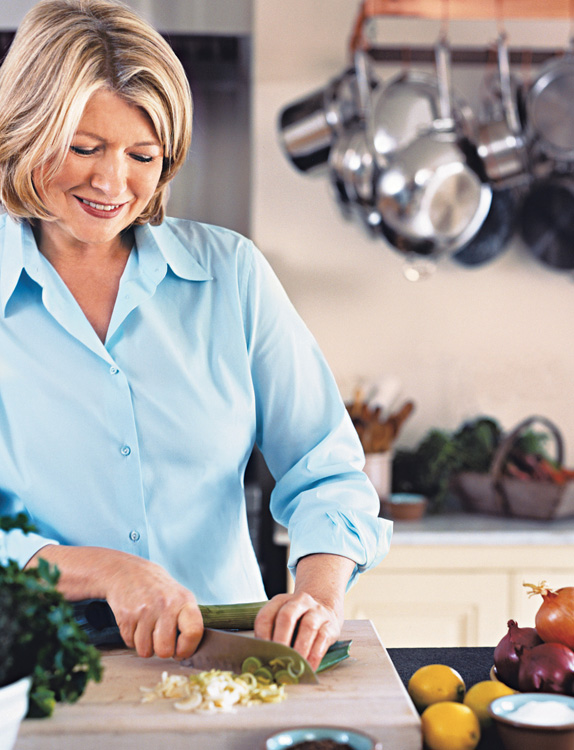
 A Cooks Golden Rules
A Cooks Golden RulesThe best cooks develop routines that make them more efficient in the kitchen. Incorporate these tips into your routine (and keep them in mind as you work your way through the techniques in this book) and youll soon be cooking with confidence. After all, cooking should be fun and enjoyable. Keep these rules in mind and you will never be overwhelmed but, rather, eager to learn more and more.
Getting Started
Read a recipe all the way through before you begin cooking; knowing what needs to happen and when will help you avoid any mistakes as you prepare each step.
Establish good habits: keep work surfaces and tools pristine and at the ready; wash and put things away as you work.
Dont try to rush things, especially when you are first starting out. Give yourself plenty of time to work and avoid taking shortcuts.
Keep your culinary ambitions in check: dont try to make too many dishes at once that require a lot of hands-on time at the stove; learn to make one thing really well and then build from there.





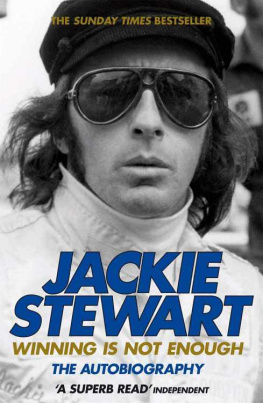

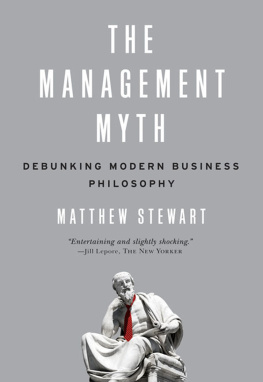
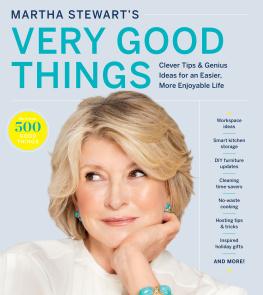
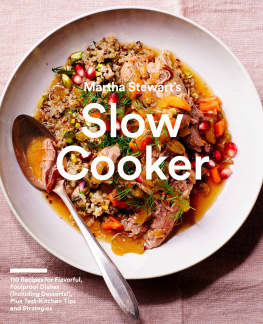

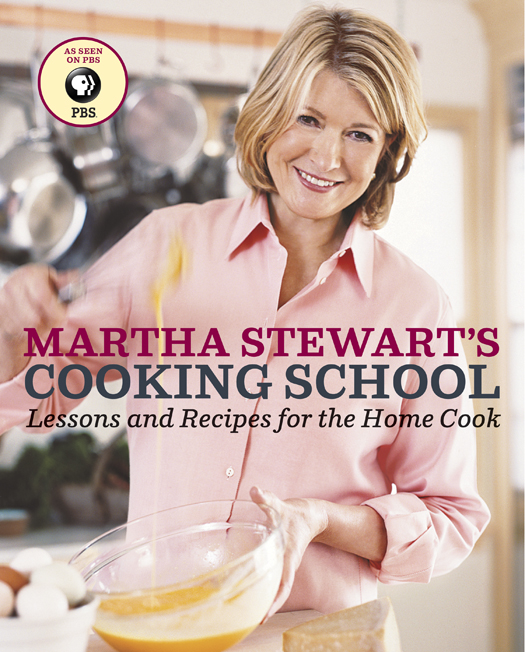

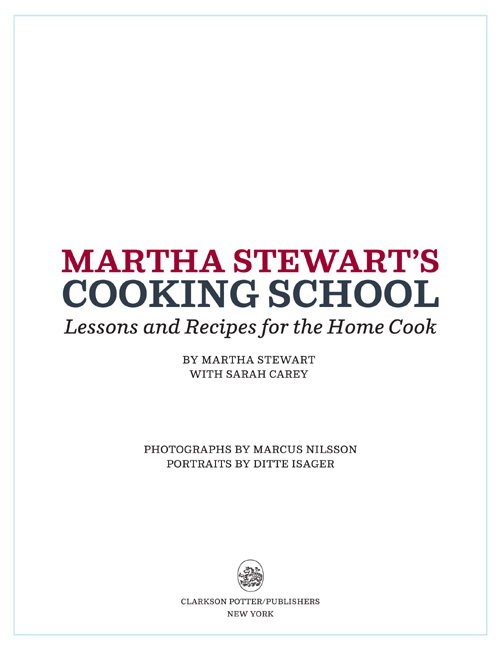





 A Cooks Golden Rules
A Cooks Golden Rules